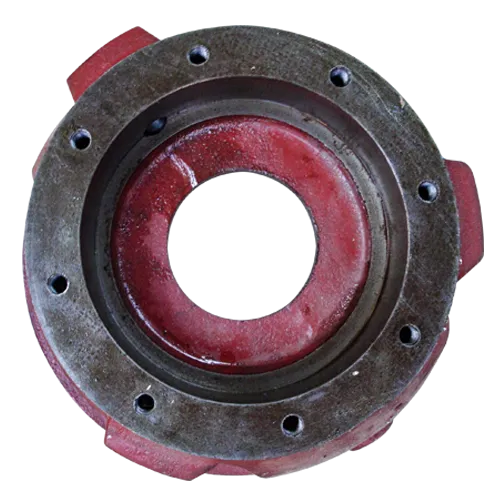Mobile:+86-311-808-126-83
Email:info@ydcastings.com
centrifugal casting stainless steel
Centrifugal Casting of Stainless Steel An Overview
Centrifugal casting is a specialized process that enables the production of highly durable and wear-resistant components, particularly in the realm of stainless steel. This technique has gained considerable popularity in various industries due to its ability to create parts with superior mechanical properties and a refined microstructure. This article delves into the advantages, applications, and fundamental principles of centrifugal casting of stainless steel.
The Basics of Centrifugal Casting
Centrifugal casting involves pouring molten metal into a rotating mold. As the mold spins, centrifugal force distributes the molten stainless steel evenly along the mold’s inner surface. This rapid rotation not only ensures an even layer of metal but also causes the denser particles to settle towards the exterior, while lighter impurities remain toward the center. Thus, this casting process significantly enhances the overall quality and strength of the final product.
Advantages of Centrifugal Casting
One of the primary advantages of centrifugal casting is the improved uniformity and density of the castings. The process reduces the likelihood of defects such as porosity and inclusions, which are common in traditional casting methods. Additionally, components produced through centrifugal casting often exhibit higher tensile strength and resistance to corrosion, making them ideal for demanding applications.
Another significant benefit is the ability to create large and complex shapes. The centrifugal method is particularly effective for cylindrical components, such as pipes, tubes, and rings. It allows for the economical production of high volumes while maintaining consistency in quality.
Moreover, the process offers enhanced metallurgical properties. The rapid cooling associated with centrifugal casting can lead to fine-grained structures that improve the mechanical properties of stainless steel. This is particularly crucial for components that experience wear and tear or high thermal and mechanical stresses.
centrifugal casting stainless steel

Applications in Various Industries
Centrifugal casting of stainless steel has found applications across a wide range of industries. In the automotive sector, it's utilized to produce various engine components, couplings, and other wear-resistant parts. The aerospace industry also benefits from this technique, where components subjected to extreme conditions require materials with outstanding strength-to-weight ratios.
In the energy sector, particularly within oil and gas, centrifugal casting is used to create robust piping systems and fittings that can withstand high pressures and corrosive environments. The pharmaceutical and food industries also employ centrifugal cast stainless steel in equipment that must meet stringent hygiene and durability standards.
The Process in Detail
The actual centrifugal casting process can be divided into several key steps. First, high-quality stainless steel alloys are prepared and melted in a furnace. Once the molten metal reaches the desired temperature, it is poured into the pre-heated mold designed to withstand the intense centrifugal forces.
As the mold rotates, the molten steel conforms to its shape. After cooling, the rotation is stopped, and the casting is removed from the mold. The final step typically involves machining and finishing to achieve precision dimensions and surface quality.
Conclusion
In summary, centrifugal casting of stainless steel represents a pivotal advancement in manufacturing technology, offering numerous advantages in terms of mechanical properties, consistency, and versatility. With its ability to produce high-quality, durable components, this casting technique continues to play a vital role in meeting the growing demands of various industries. As technology progresses, the applications and efficiency of centrifugal casting are expected to expand, further solidifying its position in modern manufacturing processes. Whether it is for automotive, aerospace, or energy applications, the benefits of using centrifugal cast stainless steel are undeniable, making it a preferred choice for engineers and manufacturers alike.
-
Understanding Metal Casting TechniquesNewsApr.02,2025
-
Understanding Exhaust Manifolds for Enhanced Engine PerformanceNewsApr.02,2025
-
The World of Metal FabricationNewsApr.02,2025
-
Key Components for Pump and Turbo EfficiencyNewsApr.02,2025
-
Essential Tools for Automotive Maintenance and RepairNewsApr.02,2025
-
Durable Valve Components for Effective Water ManagementNewsApr.02,2025











